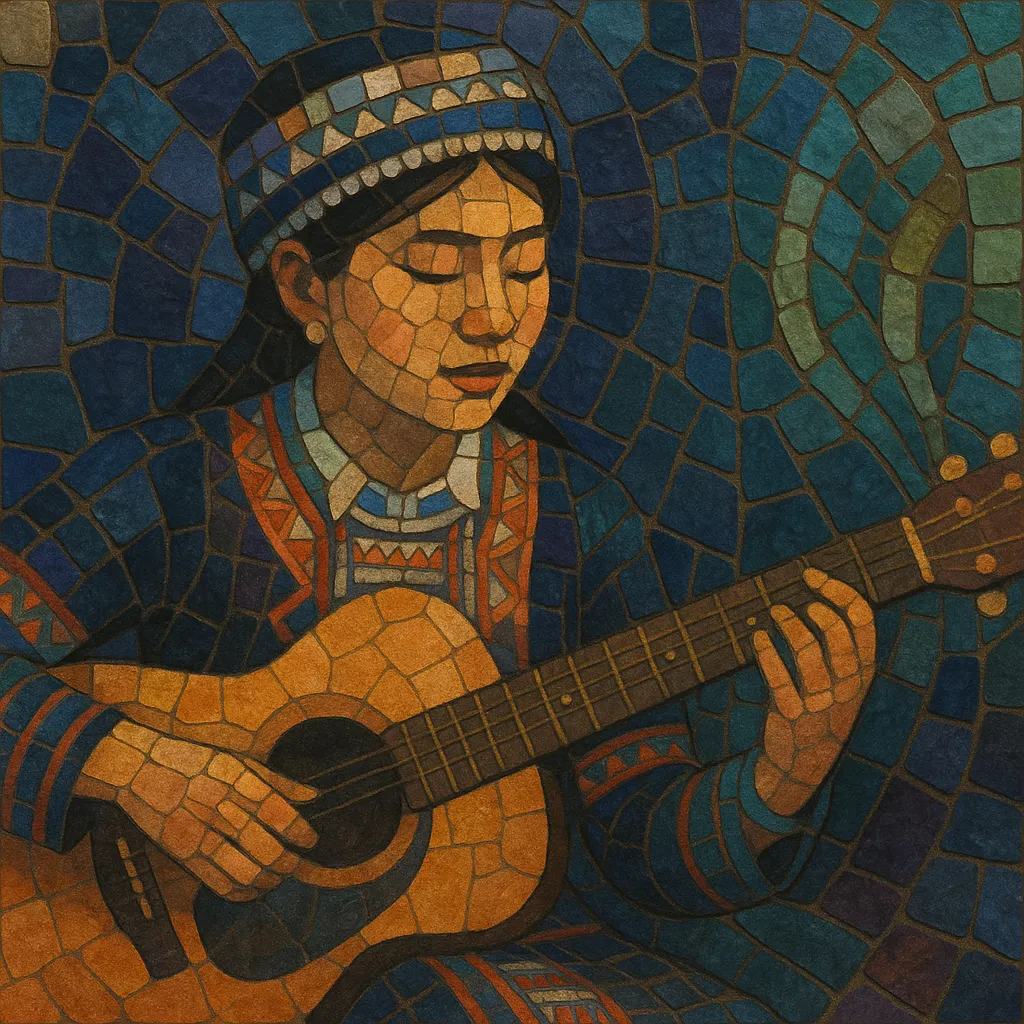Hmong pop is a contemporary popular music style created primarily by the Hmong diaspora, especially in the United States and Thailand, with roots in the post–Vietnam War migration from Laos. Sung mostly in Hmong (White Hmong/Hmong Daw and Green Hmong/Mong Leng), it blends Southeast Asian melodic sensibilities with global pop songwriting and production.
Stylistically, Hmong pop is known for emotive ballads, karaoke‑friendly melodies, and danceable mid‑tempo tracks performed at community events such as Hmong New Year festivals and weddings. Instrumentation typically features electric piano, guitars, lush pads and strings, and modern drum programming; some artists incorporate traditional timbres (such as the qeej mouth organ) as ornamental color. While many originals are written within the community, the scene has also popularized localized adaptations of Thai, Lao, and Chinese pop, and in recent years has absorbed R&B, K‑pop, and EDM influences.
Following the end of the Secret War in Laos (1975) and the large Hmong refugee migration to Thailand and then the United States, a new diasporic music culture emerged. In refugee camps and early diaspora communities, cassette recordings circulated sentimental songs in Hmong language, borrowing melodies and structures from Thai and Lao popular music while preserving Hmong vocal aesthetics.
By the 1990s, Hmong pop began to professionalize in the United States (notably in Minnesota, Wisconsin, and California) and among Hmong communities in Thailand. Independent labels and community studios produced albums and VCD/DVD karaoke releases that became central to cultural life—sold at Hmong markets and featured prominently at Hmong New Year festivals.
As the internet and YouTube lowered barriers, Hmong pop artists reached transnational audiences across the U.S., Southeast Asia, and China (Miao regions). Production quality rose, with slick R&B‑tinged ballads, hip‑hop crossovers, and choreography‑driven music videos reflecting K‑pop and Western pop trends while keeping Hmong lyrics and themes of love, longing, family, and diaspora identity at the core.
The scene is sustained by a vibrant independent ecosystem: home studios, community promoters, and cross‑border collaborations. Artists release bilingual tracks, experiment with EDM and trap textures, and continue to anchor performances around community celebrations. Hmong pop remains both a conduit for cultural continuity and a platform for modern Hmong youth expression.


